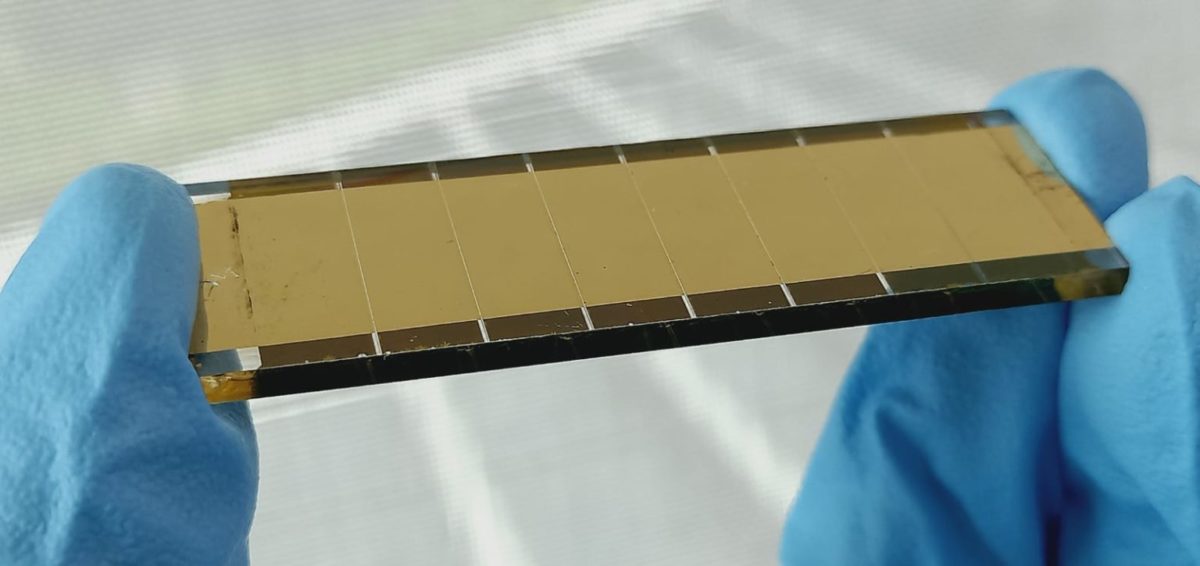After a series of impressive achievements and a lot of hype, perovskite solar cells (PSCs) have become a popular area for researchers in recent years. And with universities and institutes the world over reporting a wealth of different approaches to realize the material’s full potential as a solar cell, it can be difficult to estimate the actual progress toward developing a commercially viable product or to know the biggest remaining challenges.
Scientists led by China’s Shanghai Jiao Tong University (SJT) reviewed much of the recent progress in perovskite solar cells, seeking to summarize the main progress made in 2020 and so far in 2021; and to discuss remaining challenges to developing practical perovskite-based modules or perovskite-silicon tandem products.
The review, titled The Main Progress of Perovskite Solar Cells in 2020-2021, is published in Nano-Micro Letters. The group divided progress into four areas: Efficiency, Stability, Perovskite-based tandem solar cells and lead-free perovskites. Overall, the paper concludes that retaining the high efficiencies achieved in laboratory devices that often measure less than 1cm² is the biggest challenge to developing commercial products, alongside realizing coating processes that work at high speed under ambient conditions.
“…[efficiency] decreases to 19.6% when the aperture area increases from 0.1 cm2 to about 10 cm2, and further drops to 17.9% with the area approaching 1000 cm2 for PSCs, which still lags far behind that of the crystalline silicon cells,” the group notes in its conclusion. “Intensive works should be conducted to precisely control the uniformity of the crystallization process in large-area perovskite films.”
Stability
Alongside manufacturing processes, long-term stability is a well-published challenge for perovskite solar cells. The SJT group joins others in calling for a standardized set of stability tests, and the use of third-party verification to ensure comparable and credible results on stability.
And they also note that significant progress has been made in lead-free perovskites in the past year, creating a potential opportunity for a smaller commercial scale-up for use in wearable and indoor PV devices to power sensors and other devices with fairly low energy requirements. “In our opinion, the application of tin PSCs for indoor PV products could be prior to lead PSCs when their efficiencies reach over 15%,” they conclude.
This content is protected by copyright and may not be reused. If you want to cooperate with us and would like to reuse some of our content, please contact: editors@pv-magazine.com.




I went through the links provided and notice there is “talk” of Lead (free), Tin (Sn), and even Gold (Au) etc…. Designs.
If ANY future Solar Cells are to truly succeed in Eliminating Pollution to support a 150TW (5TW/yr) Solar System they MUST meet the following:
• Use ABUNDANTLY materials like Silicon… NOT Sn, Au, Cu, Ag etc… to support a Sustainable (5TW/yr) Industry.
• Must be RECYCLABLE (>75-90%)… and NOT fill up Solid Waste Facilities… specially Toxic Waste (like Nuclear and Battery Waste)
• STABLE with LONG LIFE (25-40years)
• COMPETITVE (or superior) to other Options.. with respect to first and lifetime ownership costs.
These (ARSLLC) Rules (you FIRST HEARD OF IT HERE…. @ pvmagazine) would provide the Winner/Best Solution…. not really sure where are this “Perovskite Research” is headed … so far…. but mankind CANNOT WAIT as ~9 Million Die Pre-Maturely to Pollution that also creates 275Million DALY of Suffering around the Globe … Compare this with COVID 2020 and you will be utterly…. dismayed at our Leaders focussing on Climate Change only…. rather than Protect & Save Lives and Human Suffering caused by Pollution… around the Globe…